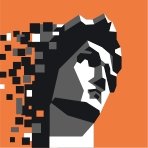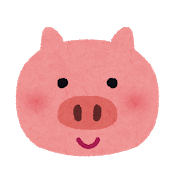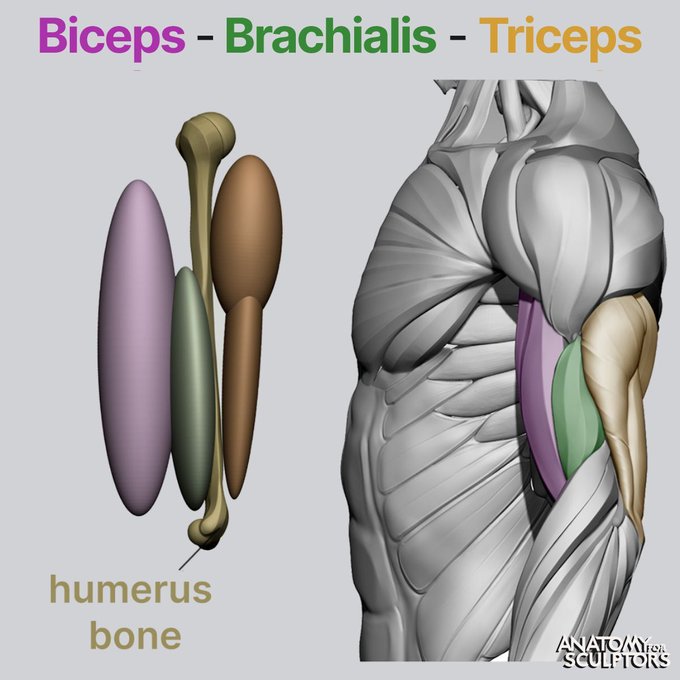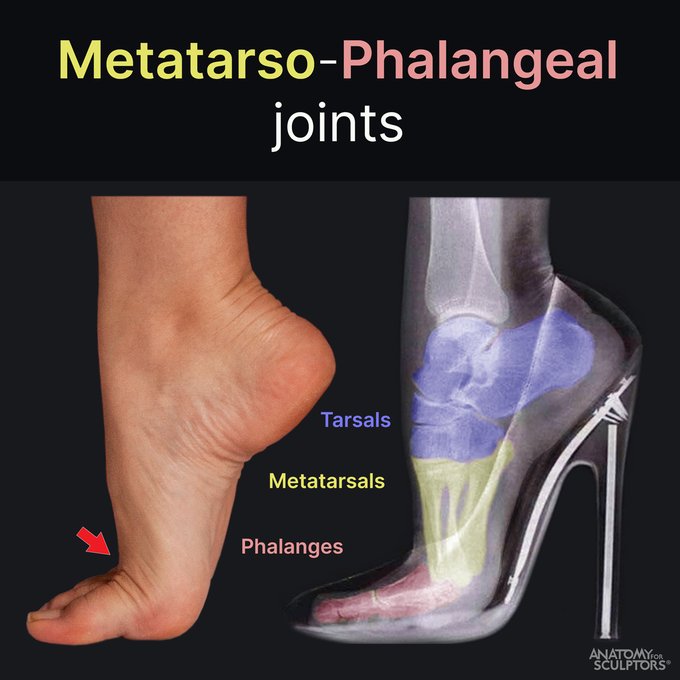The scapula is an entirely free-floating bone that doesn’t directly connect to the trunk. The only place where the shoulder and the arm connect to the rest of the body is the sterno-clavicular joint, where the clavicle meets the sternum. More on the blog: https://t.co/jVH8O9CtKi
During scapular protraction, the scapula and all the muscles attached to it move forward along with the arm. The scapula glides freely along the surface of the thorax: the curved shape of the scapula matches the big spherical egg that the thorax is. #anatomy4sculptors
A sequence of steps from a complex block-out of the head and neck toward the simple bases for the sketching phase. Two commonly used head and neck bases are the egghead and the helmet head.
View the detailed block-out 3D model here: https://t.co/dI9BycSzP0 #anatomy4sculptors
Horizontal abduction and adduction of the shoulder and the form changes of the pectoralis major muscle in three images. They show the basic forms of the muscle and a live model image with and without a colored overlay of realistic muscle shapes. #anatmy4sculptors
When thinking about the upper arm, the biceps and triceps are the first muscles that come to mind. It is equally important to remember the brachialis muscle, which is located right underneath the biceps, thus creating the base for the flexors of the upper arm. #anatomy4sculptors
1/2 The pictures show supination, semipronation, and forced pronation of the arm. During the latter, the elbow rotates outwards, indicating movement in the shoulder, where the deltoid muscle gets worked. #anatomy4sculptors
Have you ever wondered: “How do they walk in heels so high?” Standing on your toes requires plantar flexion. Tarsal and metatarsal bones move downward while phalanges stay roughly in the same position. This is possible because of the metatarsophalangeal joints. #anatomy4sculptors
The under-eye area between the lower eyelid and the inferior infraorbital margin is called the tear bag. Most anatomy sources consider it a part of the lower eyelid, but for artists, it’s essential to make the distinction and understand the separate forms. #anatomy4sculptors
Instead of being a six-pack, ABS are actually an eight-pack – four pairs of muscles, identical on each side of the linea alba. They are sometimes mistakenly depicted as rectangles. In reality, as seen in the picture, their form is much curvier. #anatomy4sculptors

























